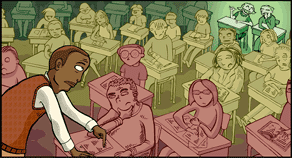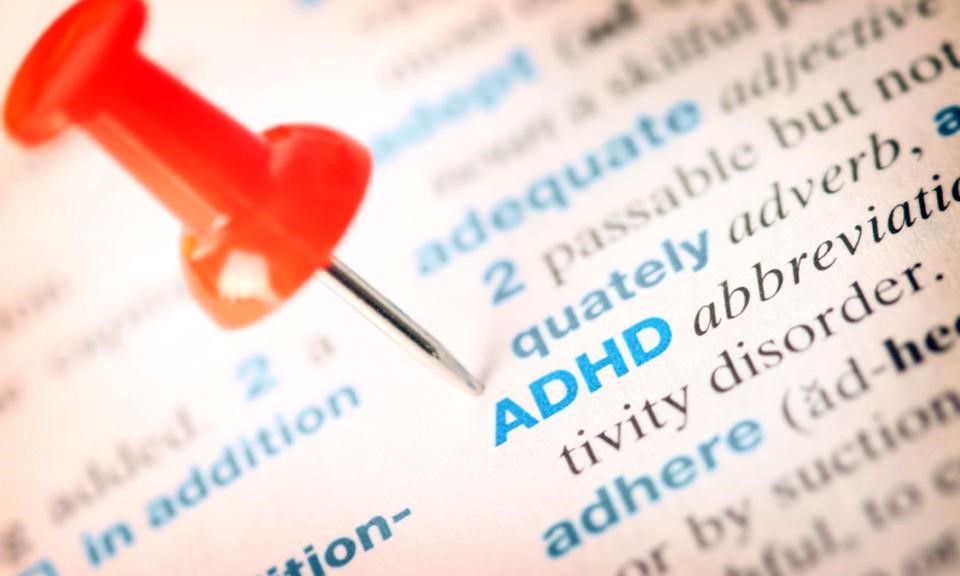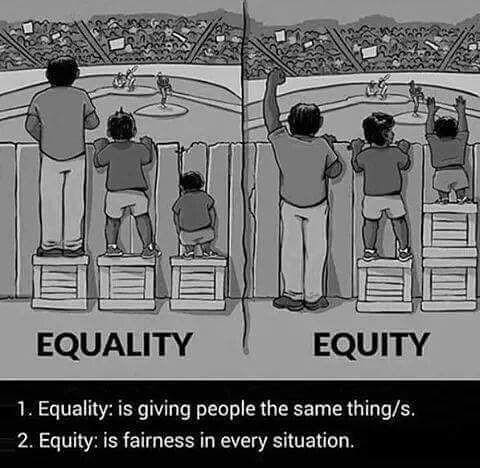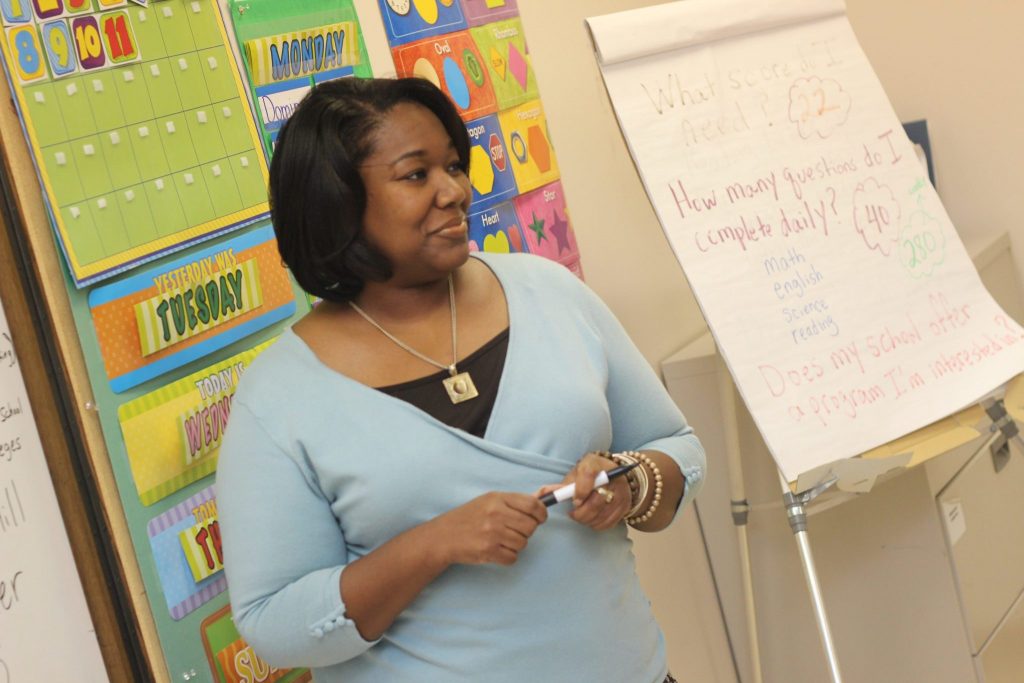Do you ever have students who do not seem to follow a rule all of the time? Sometimes THAT student follows it and sometimes THAT student does not. Sometimes we think a student is being deliberately malicious when really THAT student is simply confused.
I’ve observed this many times in classrooms. For example, I saw a student who answered the teacher’s question like they were having a conversation. In other words, the student did not raise his hand and wait to be called on. He simply answered the question. The teacher snapped at the student, telling him that he had broken the rule and would have a consequence. The boy first appeared confused, and then angry. He said, “That’s not fair! You let ___ answer you!” The teacher argued back – but that is another blog topic. Suffice it to say that the teacher and the student disagreed about his behavior. The result was anger, resentment, and lost instructional time.
I noticed that the teacher had a rule about raising hands to talk. Yet the students had just been working in small groups. In the small groups the students talked to each other naturally, answering questions, interjecting, and even interrupting. As the students went back to their usual seats, one girl stepped up next to the teacher and asked a question. The teacher answered, then turned to the whole class and asked her question. THAT student blurted out an answer. The teacher saw THAT student as being deliberately rude to her by blurting out the answer. I saw it as THAT student, even though he was in the large group now, still using the “rules” that were okay in the small group. He was also correct that the teacher had answered ___’s question, but THAT student did not see the difference between being next to the teacher to talk to her and talking from his seat.
This is an illustration of my second point about rules: Rules are things that are in place at all times. Rules should not be something that changes during the day or even the week. If it is a rule, it should be a rule all of the time.
Let’s look at the speed limit analogy again. The speed limit sign says you can go no faster than that particular number. Many of us elect to go five miles per hour faster than the number on the sign. We know we should keep up with traffic and not be the slow car. Yet, the police would be within their rights to ticket any of us doing that extra five miles per hour. The law says we are supposed to drive no more than the speed limit, and, although we choose to not follow that law, we know we can be penalized for it.
The speed limit law is like a classroom rule. It is in place at all times.
On the other hand, if the so-called rule is sometimes in place and sometimes not, then that “rule” is actually a procedure.
Let’s go back to the story about the student who blurted out during whole group instruction. The teacher had a rule about raising one’s hand to talk. However, that rule was not in place at all times. When students were in small groups, they were not expected to raise their hands to talk. When the student was next to the teacher, s/he didn’t have to raise his/her hand to talk. So raising a hand to talk was only true for large group instruction. A raised hand could also be used for a small group to indicate to the teacher that the group had a question and were trying to get the teacher’s attention.
The hand-raising “rule” was only in place some of the time, so instead of being a rule (think “law”), it was a procedure.
Harry and Rosemary Wong define a procedure as “how we do things here.” To get a turn to talk in that classroom, the students had to switch between different circumstances. When they were in a large group, they had to raise their hands to get a turn to talk. When they were in small groups, they could talk to each other without raising their hands. If they wanted the teacher to come to their group for some reason, they raised their hands. If a single student had approached the teacher and was standing right beside her, s/he didn’t have to raise his/her hand. So there were actually several different ways the students got a turn to talk.
When we talk in different ways depending on the situation, we are following a set of procedures.
Students can learn that when we do this, we act this way, and when we do that we act that way. They just need to be taught what to do at which time, and to be reminded that X behavior is expected in this situation.
We can and should teach students when and how they are expected to talk in various situations that happen at school. Doing so helps the student learn skills s/he will use in the future, in the classroom, on the job, and out in public.
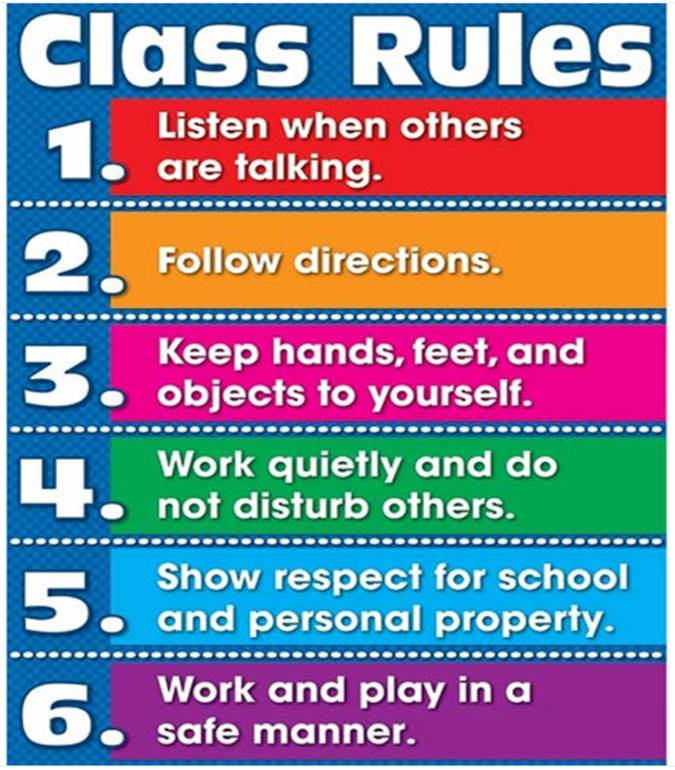
Let’s take a look at some other rules and see if they can be in place at all times.
This is a picture of a rules poster available at various teacher supply stores.
Rule 1. Yes, we want students to listen to us and to their classmates when the classmate is talking. However, is this something that is done all of the time, without exception? If students are working in small groups, we do want them to listen to each other, but we don’t want them to listen to other groups. If they are working individually and the teacher stops to talk to Susie, we do not expect all of the other students to stop working and listen to the teacher. So this is not something that can be in place at all times.
If I wanted a rule about students talking, I would word it like this: “Talk only on your turn.” I would make sure I taught students what I meant by this, and I would continuously remind students about how to get a turn to talk during this particular activity.
You may want to do away with hand raising for any reason other than getting the teacher’s attention. If you used “Kathryn’s Card Trick” described in the blog, “Calling on Students and Making Groups: Tips You Can Use on Monday” found at http://roesrules.org/2018/10/01/calling-on-students-and-making-groups-tip-you-can-use-monday/ , then you are doing something that can eradicate raising hands altogether.
Rule 2: Yes, we want students to do as they are told and to do it right away. Absolutely! However, can you think of any situation in the classroom when students might not follow directions? The only one that I can think of is if the student does not understand the directions. You might be thinking, “they should ask questions if they do not understand.” I agree with you, however I also know that students do not ask for clarification for a number of reasons. They might be embarrassed because they think they are the only student who does not understand. They may think they understand but they don’t. As a result, this rule is something that could be a rule, but only if the adult in the room consistently ensures that everyone really does understand, has shown students both examples and non-examples, and has thought of everything a student might have misconceptions about.
If it were my classroom, I would skip this rule entirely. However, there may be some variations I have not yet observed.
Rule 3: We do not want students to hit each other with anything. Ever. So this is a rule that can be in place at all times.
A side note: I’ve seen teacher have a rule that said “Keep hands and feet to yourself.” Students would poke each other with pencils, hit each other with books, snap each other with rubber bands, etc. The students would look at her and at me with wide-eyed innocence and claim they hadn’t broken the rule because they hadn’t hit the other with their hands or their feet. And they were actually right. Remember, there always seems to be a budding lawyer in every class, so don’t give them the opportunity to quibble. Make sure you add “and other objects” to this rule!
I would keep this rule or one similar to it.
Rule 4: It is very difficult to know what exactly will disturb others. I personally want complete silence when I am doing school-like work like writing this blog. When I taught at the college level, I surprised a few students who were working in the computer lab outside my office by asking them to use ear buds when listening to music or when they were watching videos. They probably thought I was a cranky old lady who didn’t like their music. That wasn’t it at all. I cannot do intellectual work when there is distracting sound. Others can. So what actually is the definition of “disturbing others”? I can see pestering another student as being in violation of this rule and I can see being “too loud” as violating it as well. But “too loud” would have to be defined.
There are many circumstances in the classroom where we expect students to make some noise. We expect them to talk to each other when they are in small groups. We expect that engaged hum that happens when learning is taking place.
You might be thinking, “Well, they shouldn’t shout or scream,” and I would agree with you. There are noises and sounds that shouldn’t happen when others are working.
But this rule does not specify when the students should work quietly or what it is that might disturb others.
A local school uses a procedure that appears to work quite well. When the teacher gives instructions on what the students are expected to do, they tell the students that their voices should be at ___, giving a number to fit into the blank. A zero means no talking at all. A 1 would be the softest of whispers, and so on. Most teachers I observed there put small group conversations at 3 or 4.
This is a very clear procedure that all of the teachers in the school use so it is consistent from room to room and from grade level to grade level.
I would classify rule 4 as too vague to be a rule. It does not tell the reader what is meant by “work quietly” or “do not disturb”. The meaning of each of these phrases changes with the activity. So this should be covered by a procedure, not a rule.
If it were my classroom, I would have procedures to follow that would cut down on disturbing others.
Rule 5: I believe I have talked about the slippery term “respect” in other blog posts. Teachers often say, “They should know what respect means!” Yet respect has many different meanings. What constitutes respect to you or me could be the height of disrespect depending on culture and depending on upbringing. We may find it disrespectful to put our feet up on classroom furniture and ask, “Do you put your feet up on the table at home?” only to hear a student respond sincerely, “Yes.” When I worked on the reservation, children who were raised traditionally learned that it was disrespectful to look an elder in the face. Their upbringing and my upbringing clashed when I expected a student to look at me when I was talking and their training said that was disrespectful. No matter how long or how hard I’ve thought about it, I haven’t figured out a universal definition for respect. As a result, I avoid using that word in rules.
What exactly are we trying to get at with this rule? Are we trying to say “do to others as you want them to do to you”? Are we saying “no vandalism”? Are we saying, “Do yell ‘hey, Teach’ to get my attention”? I know what I mean, but is it the same as what you mean? Are there cultural differences we have to consider?
I think this is a poor rule for a couple of reasons. First, it is not clear what is meant by it. Yes, the teacher could teach the class what s/he means. That would help it become a viable rule. Second, there are so many cultural variations of “respect” that it is a poor rule unless we are working in a school where everyone shares the exact same culture.
I would not have a rule that talked about respecting anything unless I was sure everyone understood what is meant by it and they were capable of finding ways around cultural imperatives to appear to match my definition of respect.
Rule 6: Expecting students to work and play in safe manner is not a bad rule. It is worded vaguely, and that could be a problem.
I do not have any problem with vague rules. I think specific rules are easier because they are cut and dried, but I also know that not all of life is cut and dried. Vague rules have a lot more wiggle room to them, so they can actually cover more situations than specific rules, but they come with a built-in challenge: not everyone knows what they mean. My former students used to say, “Students should know what that means!” and they are probably right. However, not all students do know what you mean by X. The teacher last year or in the classroom next door may mean something different by it. They may not have been taught this at home. They may be from a culture that has a different interpretation. The only way to make vague rules work is to explicitly teach students exactly what you mean by it, and to allow the students a bit of practice time.
In classes like industrial technology, science, art, or any class where there are safety procedures that must be followed, I highly recommend a rule like this or a rule that says “Follow all safety procedures.” That way we can enforce it if a student chooses to be reckless with a piece of equipment or with his/her behavior. After all, we do not want to send children home missing a finger or an eye. Parents frown on that.
If you teach a class where safety is not at risk because you will not be using machinery or sharp objects, then you may want to skip a safety rule. There are safety rules that are whole-school rules, and whole-school rules are in place in individual classrooms. You may want to save time and energy by only specifying rules that are true in this particular classroom.
I taught science at the middle school level and art at the high school level, so I would have a rule about following safety procedures.
That brings up another point about rules. Experts in classroom management and discipline seem to agree that there should be no more than 5 rules in any given classroom. Having more means that students are likely to forget them.
This rules poster violates that recommendation because there are 6 rules.

There is another trend in classroom rules that is illustrated by this poster, also for sale at teacher supply venues:
It seems that many classrooms have goals posted and call then rules. On this poster, that covers statements like “dream big”, “believe in yourself”, or “leave a little sparkle wherever you go”.
It is great to dream big. I’m a fan. However, do you expect to punish a student who does not dream big? What about if s/he doesn’t believe in him/herself? I would argue that it is even problematic to include “always do your best” as a rule. Are you always at your best when you come to work? Do you ever have to talk yourself up before the day begins? Do you make mistakes during the day? I do not know anyone, teacher or not, who could possibly, always be at their best all day, every day. I am not sure it is humanly possible. Yet if we say it is a rule, then it must be enforced and consequences assigned if it is not followed.
I’ve had pre-service teaches say, “Well, I’m not stupid! I wouldn’t give a kid a consequence for having a bad day!” They were really quite angry at me when they said that, too! Of course they are not stupid. But if they do not plan to have it in force all of the time, then it is not a rule. In this case, it is not a procedure either. It is a goal. It is or should be everyone’s goal to be at their best every day, ready to learn, believing in themselves, being sparkly, and dreaming big. But we aren’t! We are human. We should expect students to be human, too.
It does not do students a service to say that these are rules, that they are in place at all times. We will have some students who are afraid that they may violate the rule, and others who figure they can’t ever follow it so why bother.
If we have rules that are really goals, or if we have rules that are not in place at all times, we send powerful messages to the students. We are saying we are holding you to an impossible standard. We are saying we don’t really mean it even though we say this is the rule. I believe the latter opens us up to more discipline problems in the classroom. Students become confused when they don’t know what they are supposed to do at this moment. Like the student I described at the beginning, confusion can lead to breaking the rule, even if the student doesn’t mean to do so. Worse it can lead to accusations of being unfair and favoritism. This, in turn, leads to damaging that fragile student-teacher relationship. And that, as you know, leads to more problems.
Take a look at your classroom rules. Are each of them something that is in place at all times? Are any of them so vague that you must remind students regularly about how to follow them?
You can consider changing the classroom rules even if it is in the middle of the year. To do so, sit down with the class and say, “I don’t think the rules we have had were working as well as I would like. Here are the new class rules.” This is not something you want to do every other week, but you can do it when you need to, when the rules aren’t working like you’d wanted. You will have to teach the students what you mean and remind students about the new rules.
Next time, we will look at another one of Roe’s Rules for Rules.



